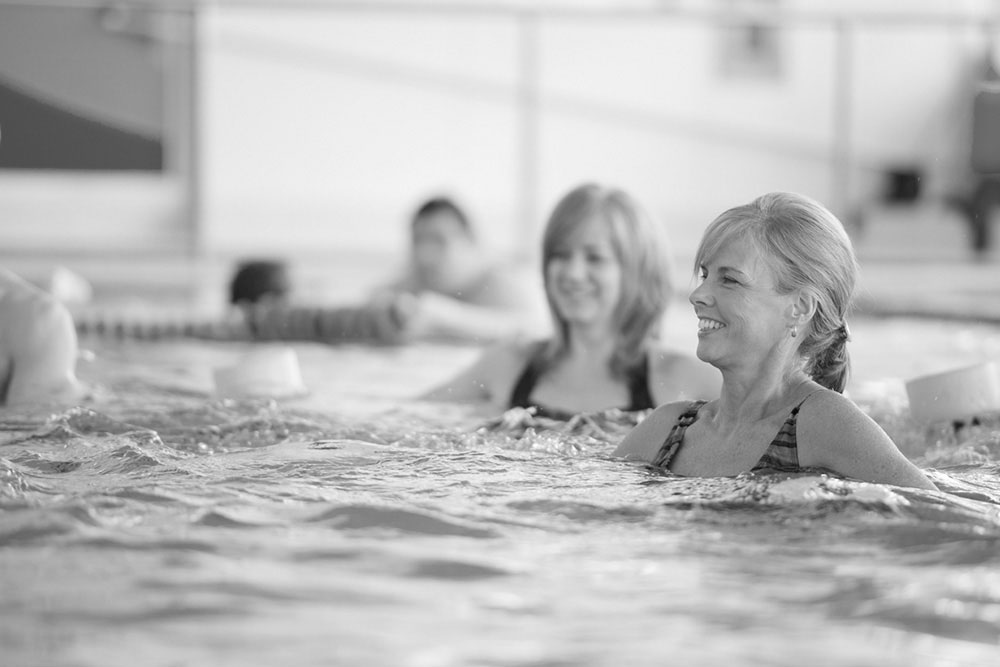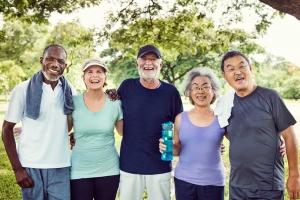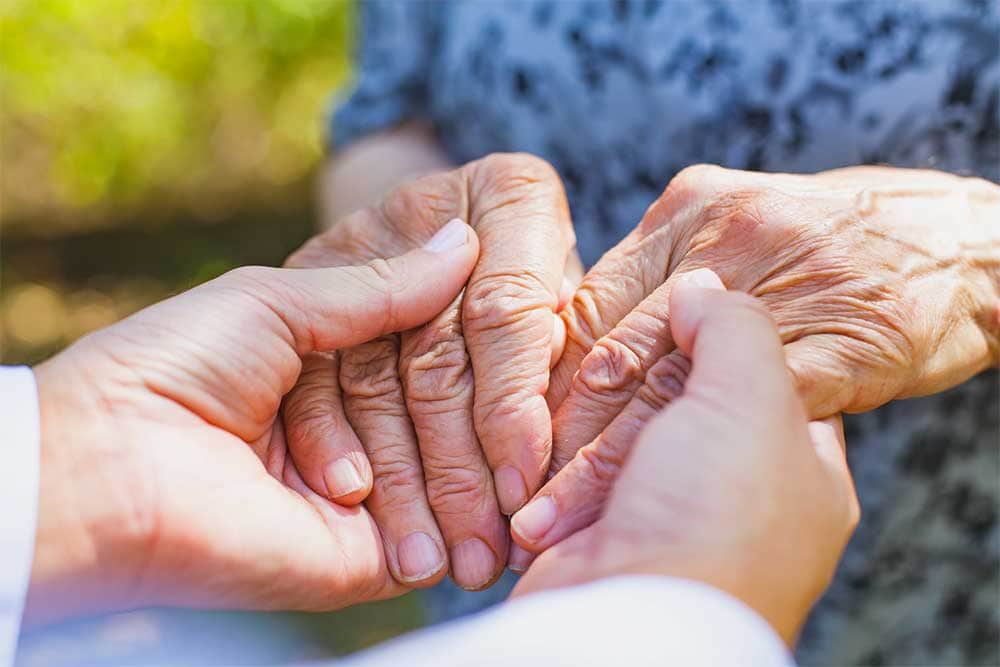Alternative Therapy For Parkinson’s Disease

Catherine O’Brien
The Problem
Parkinson’s Disease is a progressive neurodegenerative disorder characterized by impairments in movement and balance. It is estimated to affect 2 million Americans and tends to be more prevalent in older populations (60+). Current treatment methods include dopamine replacement therapy. The downside to this therapy, however, is that it seems to wear off in efficiency over prolonged usage.
The present researchers designed an exercise program that they felt would benefit PD patients. The program utilized was called “Coordination and Manipulation Therapy” (CMT) and, according to Zhao et al, is comprised of coordination training based on breaststroke swimming and manipulation therapy of spinal muscles. Previous research has suggested that the breaststroke is a good exercise for both physical and mental health so, Zhao et al. created a dry-land adaptation of the breaststroke so as to make it more accessible.
They hypothesized that coordinated aerobic movements and muscle manipulation would result in improved motor abilities in patients with PD. In order to test this hypothesis, they enrolled patients with Parkinson’s Disease for participation in the study. Participants in the CMT condition engaged in CMT exercise once a day, 5 days a week, for 30-minutes for one full year. Participants in the control condition did not engage in CMT for the duration of the study.
The Program
Participants in the study were individuals with PD who were currently undergoing treatment, were older than 45 years of age, and were able to stand for at least 30 minutes and walk independently for at least 6m. Individuals who were newly diagnosed, not being treated, or had any other severe medical diagnoses, illnesses, traumas or history of neurological deficits were not eligible for participation.
Related Article: Lifestyle Recommendations To Prevent Cognitive Decline
Patients in the CMT condition were admitted to a hospital rehabilitation facility. All of the CMT trainings took place in the rehab ward under the supervision of a nurse. The CMT trainings began with a warmup and then patients engaged in the dry land adapted breaststroke movement. This involved patients laying on a mat and mimicked the breaststroke movement by extending arms forward while inhaling and simultaneously bringing knees and feet up to the buttocks.
They held this position for 3 seconds and completed the breaststroke movements (upper limbs mimicking the action of pulling the water and lower limbs doing a frog kick). After a 5 second rest, the movement was repeated. This continued for 30 minutes and patients were instructed to keep his or her exertion (on a scale of 6-20) under 13. After CMT, patients received manipulation therapy. This included a massage of the paraspinal muscles for 3 minutes and then thoracic extension, thoracic flexion, and waist rotation stretches for 3 minutes.
The Results
 Patients in the CMT group demonstrated significant improvements in balance and motor ability after the yearlong intervention. Patients also experienced a decrease in mental and psychiatric problems. The Patients in the control group demonstrated a decrease in motor skills over time demonstrating the degenerative effects of PD. In both control and CMT conditions, patients had no significant change in medication dosage over the course of the intervention.
Patients in the CMT group demonstrated significant improvements in balance and motor ability after the yearlong intervention. Patients also experienced a decrease in mental and psychiatric problems. The Patients in the control group demonstrated a decrease in motor skills over time demonstrating the degenerative effects of PD. In both control and CMT conditions, patients had no significant change in medication dosage over the course of the intervention.
This is an exciting study because it demonstrated the protective effects of CMT and manipulation therapy on Parkinson’s Disease. Patients who engaged in the program demonstrated both physical and psychological improvements while those in the control group actually demonstrated a decline of motor abilities.
Related Article: Should I Eat Before Or After My HIIT Workout?
Perhaps one of the greatest elements of this study and its findings is the accessibility of the exercise. Many individuals with Parkinson’s Disease avoid exercise because of motor and balance issues. The present study’s exercise and stretching regimen is doable for individuals with such limitations and as such, may promote greater adherence over the long term. This was a pilot study and there is certainly a need for more research in the area but the preliminary results are a reason to feel optimistic about exercise as a therapeutic treatment for neurological conditions like Parkinson’s Disease.
Future Research
Future research could investigate the potential differences in effects when the exercise is done on land (as it was in the study) compared to when it is done in water (normal breaststroke). Additionally, in an effort to make this therapy even more accessible, future research investigate whether the treatment is effected when implemented in a less uniform context. That is, future research may implement this regimen in a non-hospital / rehabilitation setting and allow participants to conduct exercises at home or elsewhere.
You Might Like:
Reduce Cigarette Cravings with Acute Exercise
Catherine O’Brien It is no secret that smoking is a major health hazard that significantly increases risk of cancer, heart disease, stroke and other health problems. That said, 20% of adult men and 16% of...Effects of Outdoor Exercise
Catherine O’Brien Why Does Exercising Outdoors Feel So Much Better? I have always been a proponent of outdoor exercise, particularly running. There is something so satisfying and therapeutic about the fresh air and the sound...Music – Your HIIT Recovery Secret Weapon
Catherine O’Brien The effects of music on exercise experience is a common theme throughout my articles. I am always interested in the relationship between music and physical activity and how music can alter an exercise...Vestibular Migraines: Could Exercise Be The Answer?
Catherine O’Brien My last article highlighted the inverse relationship between headaches and VO2 max levels such that individuals who experienced headaches regularly had, on average, lower VO2 peaks than their control counterparts. Perhaps one of...Which Is Better For The Brain – Long Duration Or Short High Intensity Exercise?
Catherine O’Brien High intensity interval training (HIIT) is a form of exercise that utilizes “repeated bouts of short-to-moderate duration exercise at an intensity of 85-90% of peak oxygen uptake or 90-95% of peak heart rate...3 Strength Exercises For Individuals With Essential Tremor
Catherine O’Brien Essential tremor (ET) is a neurological disorder characterized by involuntary and rhythmic shaking. Typically, tremors occur in upper extremities such as the hands but tremors can exist in other body parts as well...References
Zhao, M., Hu, C., Wu, Z., Chen, Y., Li, Z., and Zhang, M. (2017). Effects of coordination and manipulation therapy for patients with Parkinson disease. International Journal of Neuroscience, 127:9, 762-769.
















